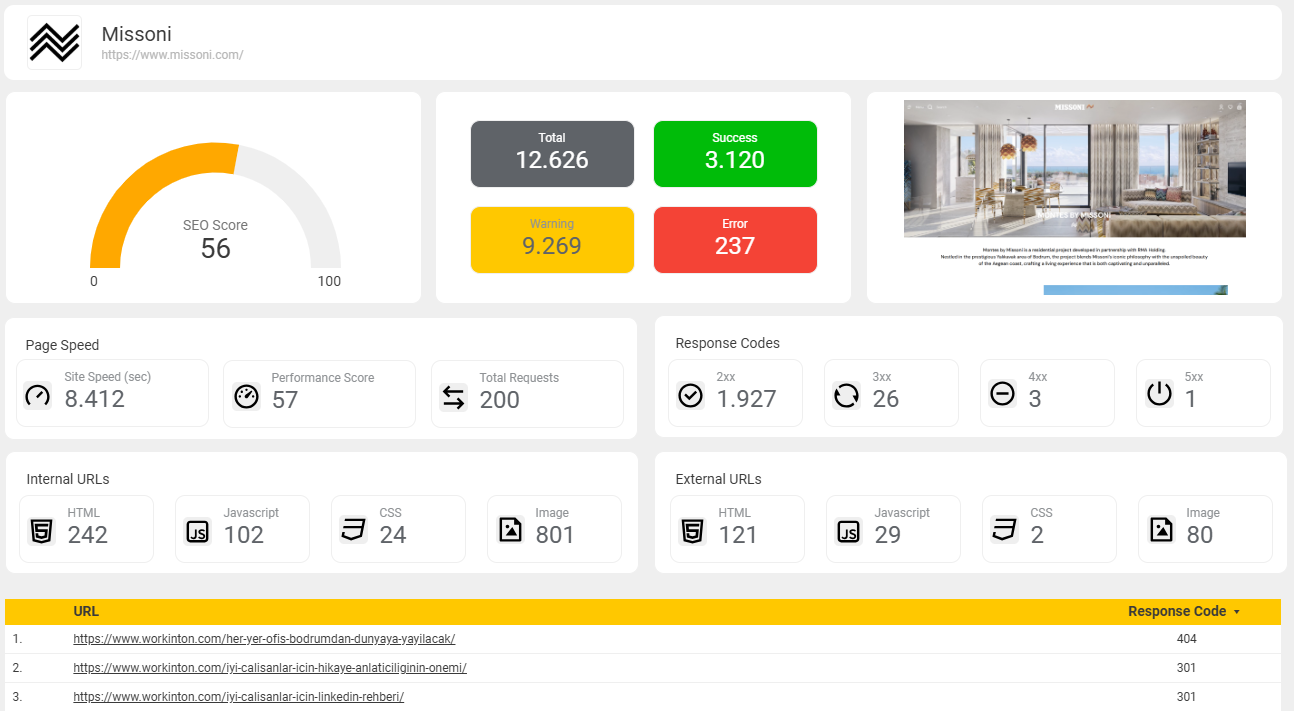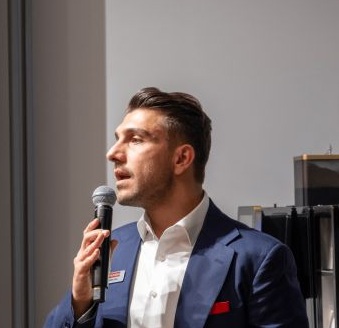Modern websites increasingly rely on JavaScript frameworks like React to deliver fast, dynamic, and responsive user experiences. While this offers major performance and development benefits, it also introduces unique SEO challenges—especially when it comes to ensuring search engines can properly crawl, index, and rank your content.
That’s where React SEO comes in. React SEO involves a set of techniques that adapt traditional search optimization practices to the JavaScript-driven environment of a React application. From managing how content is rendered to optimizing metadata, site structure, and speed, React SEO ensures that your app performs well in search as well as for users.

What Is React SEO?
React SEO refers to the process of optimizing websites or applications built with the React JavaScript library to ensure they are visible, crawlable, and indexable by search engines. Because React renders content dynamically—often on the client side—it can create challenges for search engines that rely on static HTML to understand page content.
Traditional SEO techniques don’t always apply directly to React apps. That’s why React SEO focuses on implementing solutions like server-side rendering (SSR), static site generation (SSG), dynamic metadata management, and performance optimization—all to help search engines properly read and rank your pages. The goal is to combine the flexibility of React with the visibility required for organic search success.
Why React SEO Is Challenging?
Unlike traditional HTML-based websites, React apps often render content on the client side using JavaScript. This means the initial page load may not contain actual content in the raw HTML—making it harder for search engine bots to crawl and index your pages effectively.
Key challenges include:
- Client-side rendering (CSR) can delay content visibility for bots
- Dynamic routes may not be easily discoverable without proper configuration
- Metadata (titles, descriptions) isn’t always handled at the server level by default
- JavaScript errors can block rendering entirely if not handled correctly
Without deliberate SEO enhancements, even well-designed React apps can struggle to rank.

References










Case Studies

+ 468%
organic impressions
+ 376%
sessions – non brand
+ 2.804
word first page

+ 597%
organic impressions
+ 488%
sessions – non brand
+ 4.230
word first page

+ 211%
organic impressions
+ 271%
sessions – non brand
+ 176
word first page

+ 654%
organic impressions
+ 410%
sessions – non brand
+ 4.837
word first page
Testimonials

Raiser completely changed the way we approach SEO and lead generation. What once seemed too complex and technical became manageable thanks to its user-friendly interface and powerful tools. We were able to analyze our site, fix issues, and implement targeted SEO improvements on our own. As a result, not only did our traffic grow, but the quality and quantity of our inbound leads increased significantly.
Rabia K.
Workinton

As an e-commerce brand, we struggled to understand why our website wasn’t performing for SEO. Raiser quickly highlighted key SEO issues and gave us clear, actionable steps. With improved site structure, faster load times, and smarter content optimization, we saw higher rankings, more qualified traffic, and a real boost in sales. Raiser didn’t just fix problems—it gave us the confidence to grow.
Ugur C.
Pazarium

Managing a global corporate website comes with the challenge of addressing different regional needs. Raiser helped us implement location-specific SEO improvements and content strategies that actually made a difference. From identifying regional keyword opportunities to optimizing pages per market, we gained both visibility and relevance in key local search results—without complicating our global structure.
Erdinc D.
Franke Turkiye

Using Raiser SEO solutions, we were able to get our digital marketing operations in order. Understanding clearly what needs to be done for improvement with in-depth analysis and seeing the results of our work with regular, detailed reports helped us immensely in speeding up our website, making it more user-friendly, and getting better rankings in Google.
Hanno A.
Briisk

